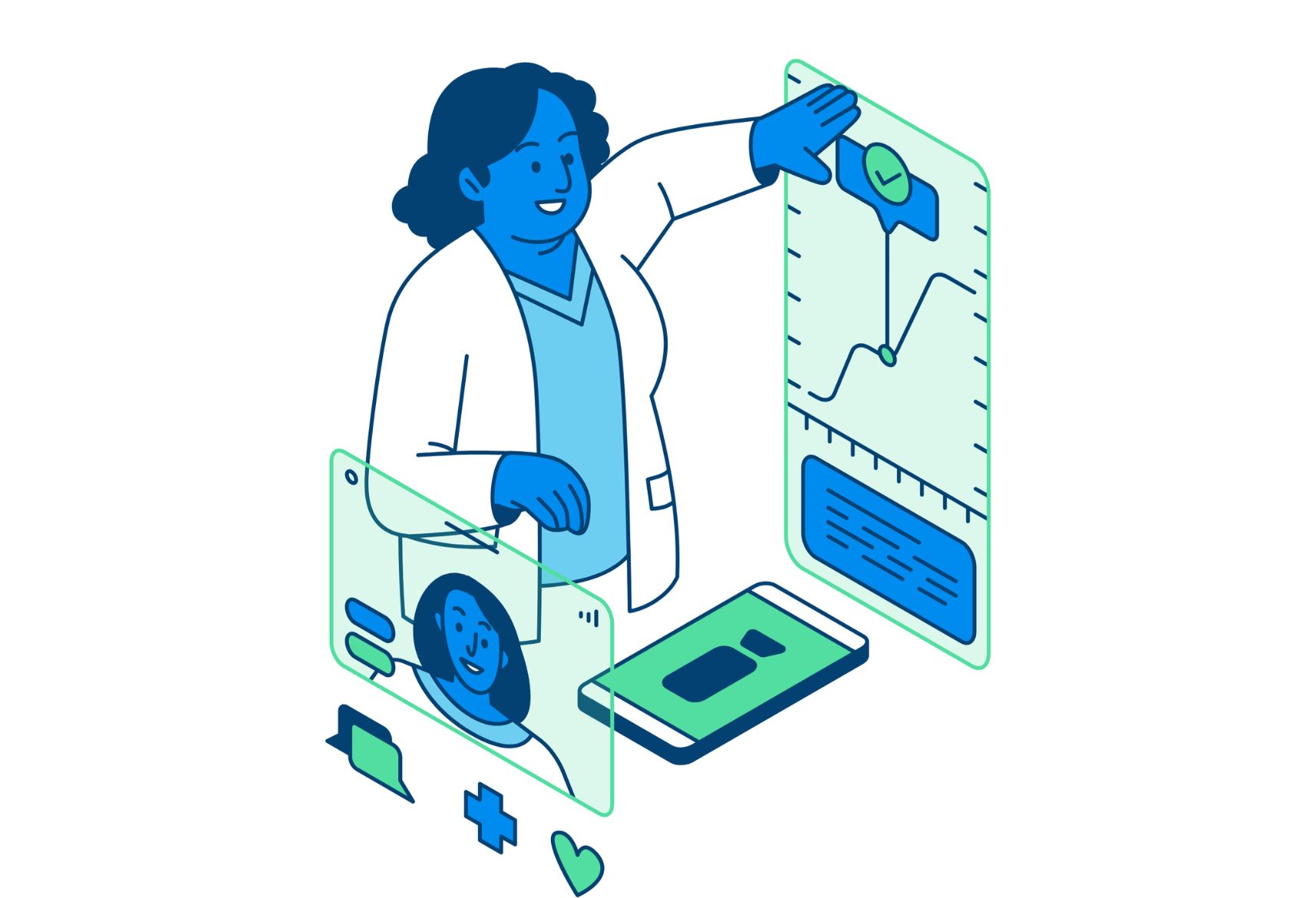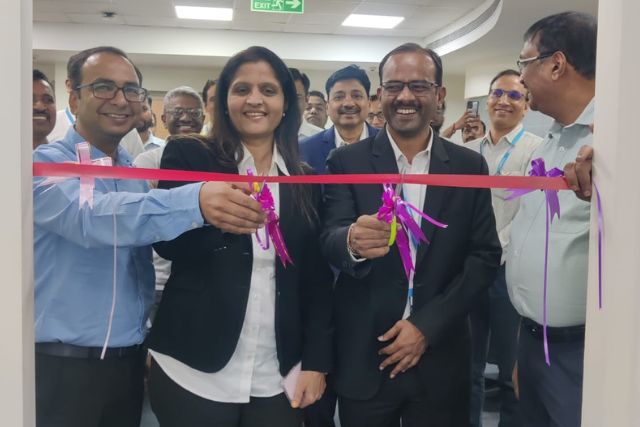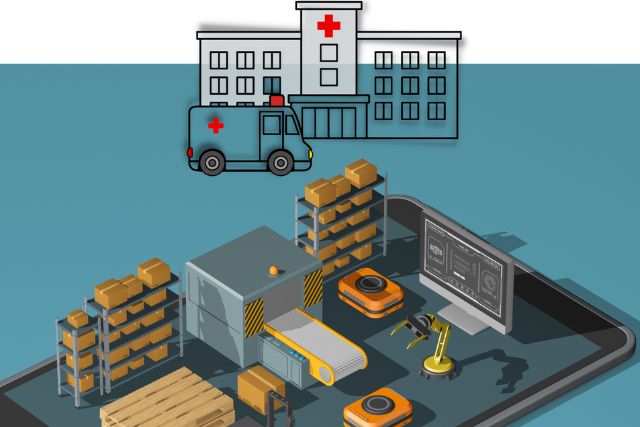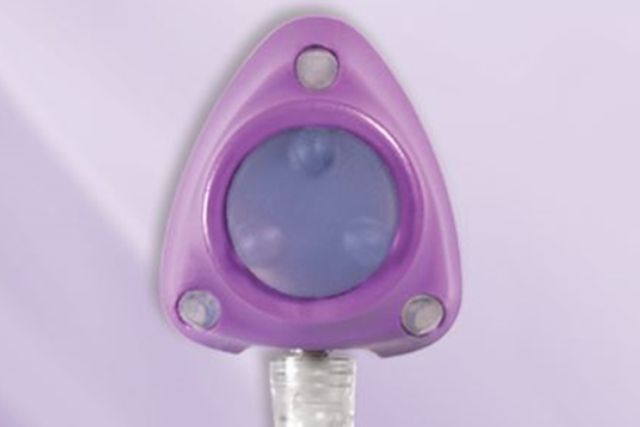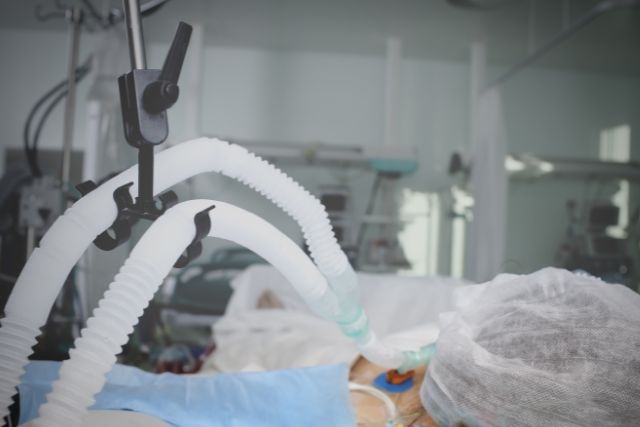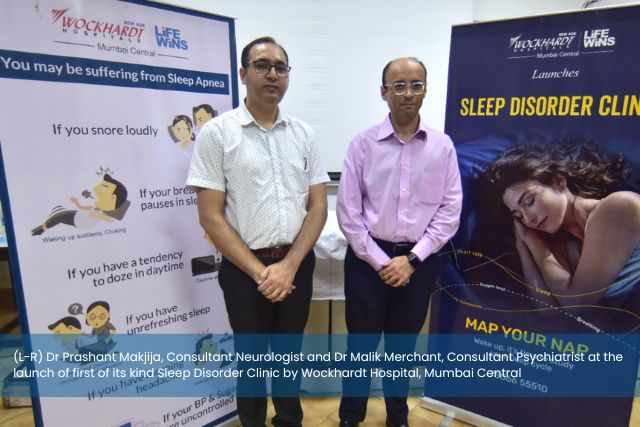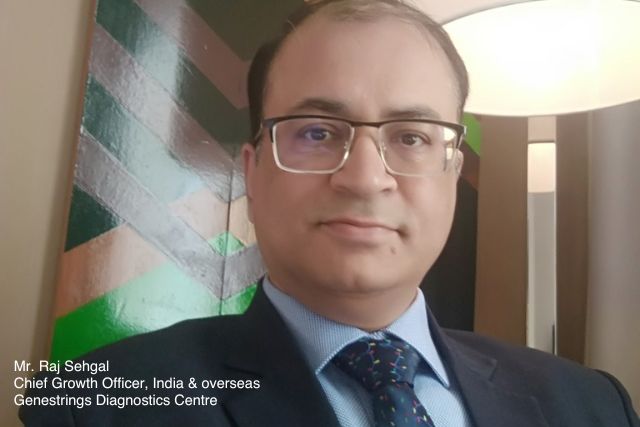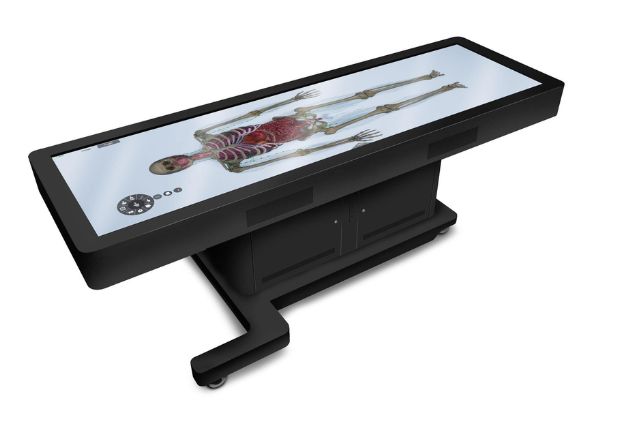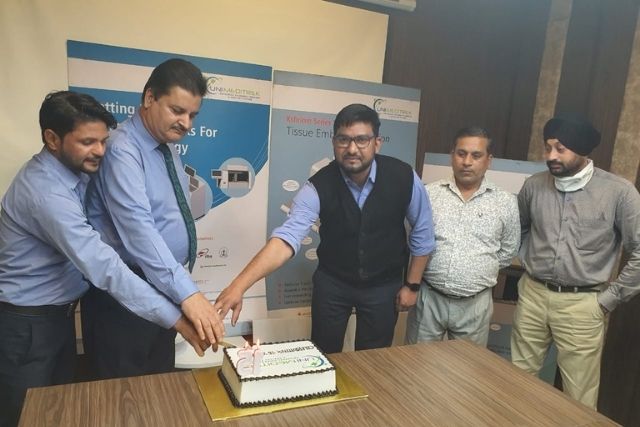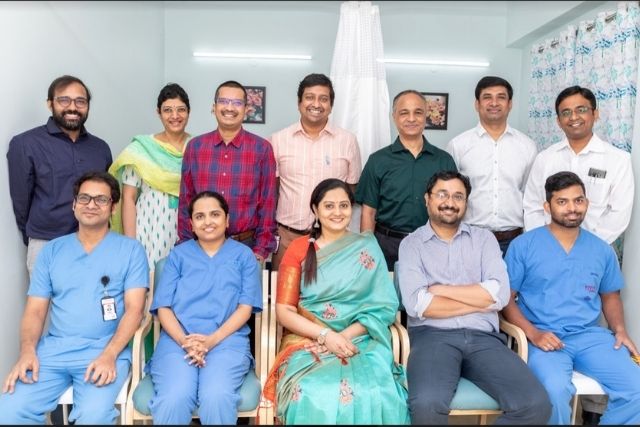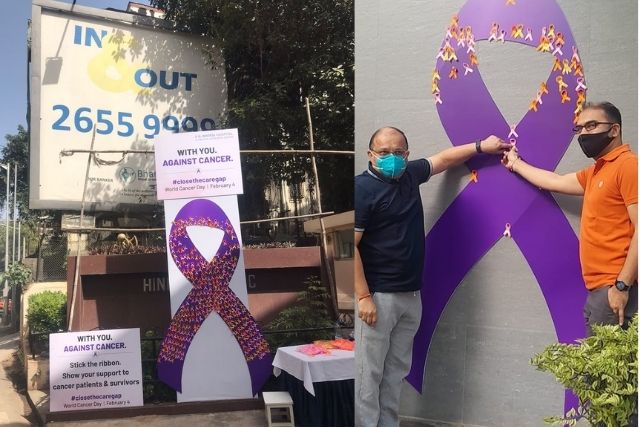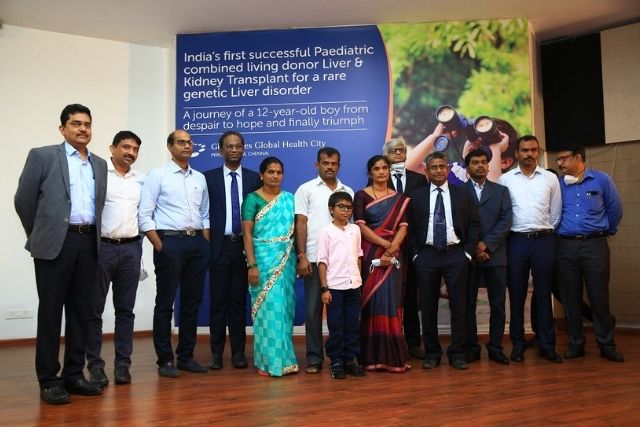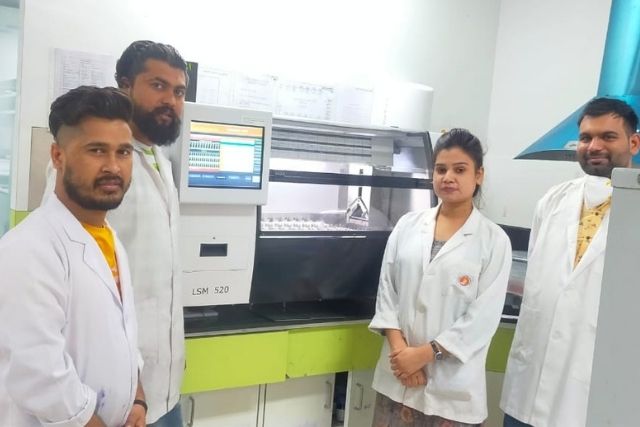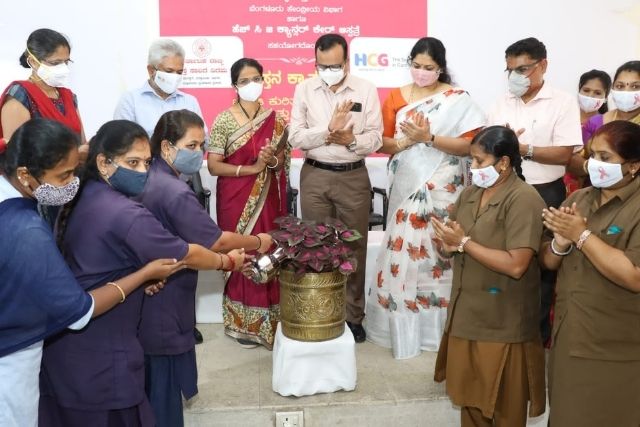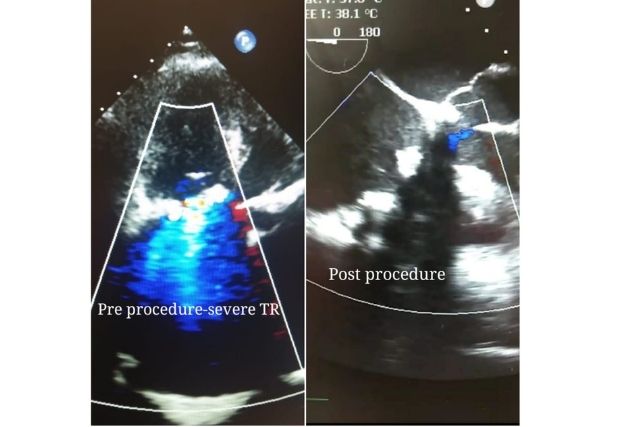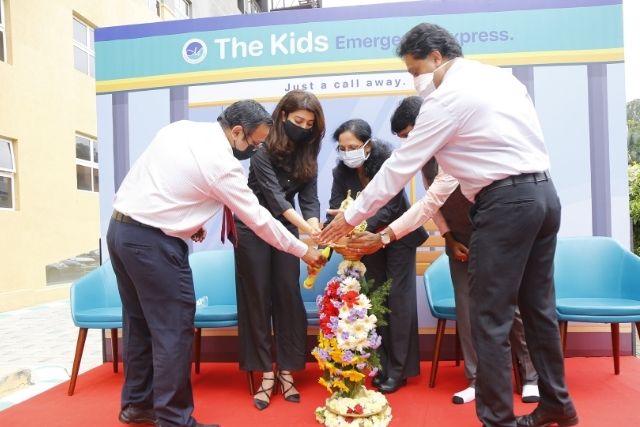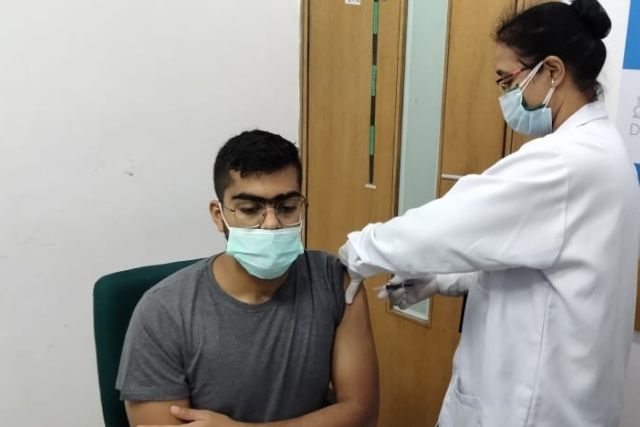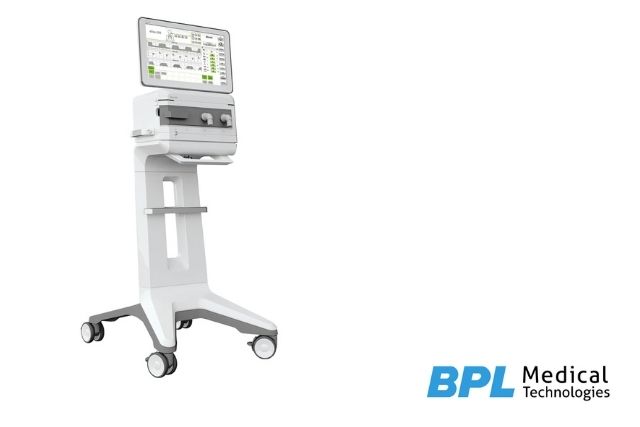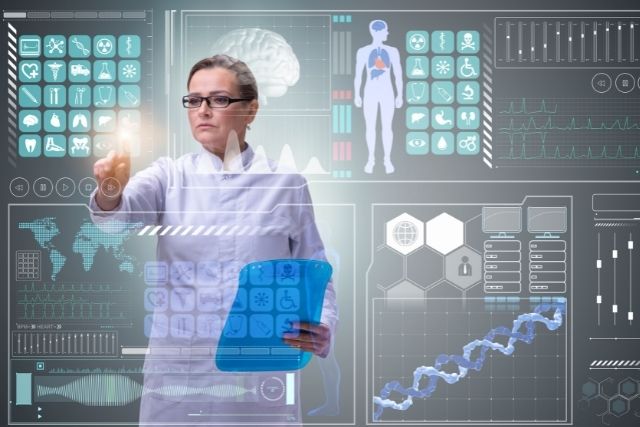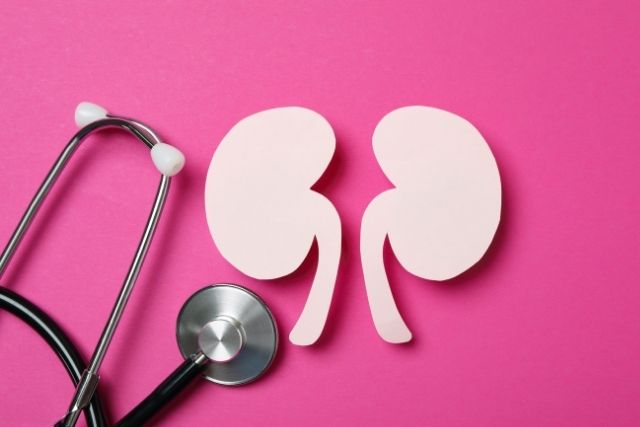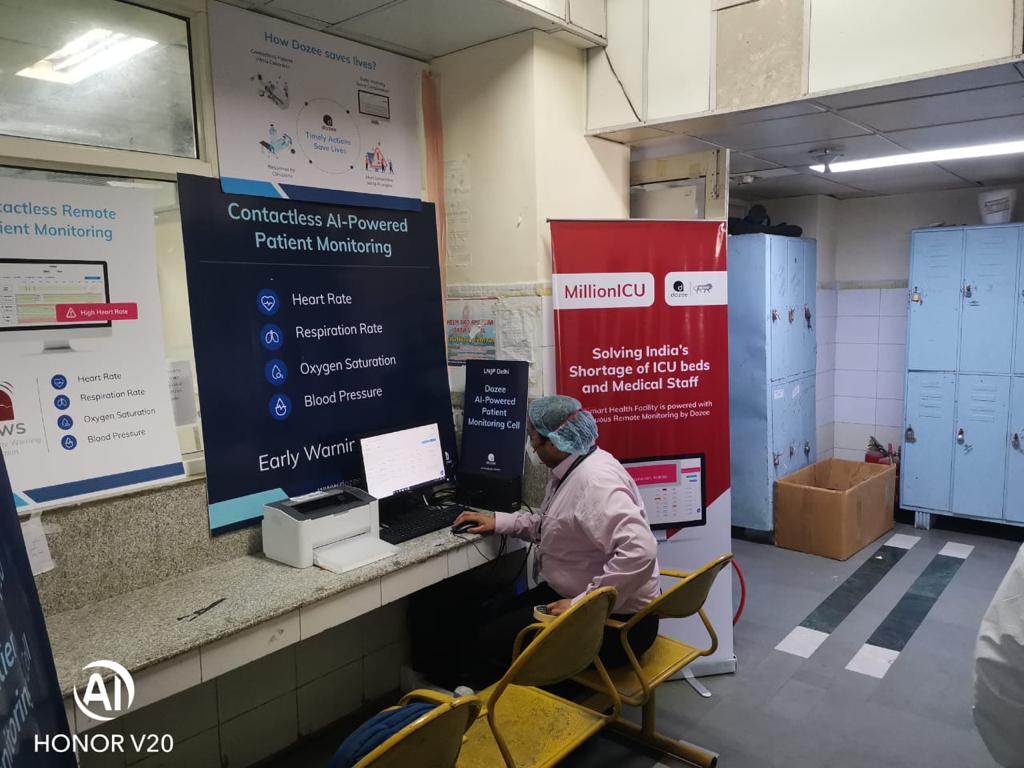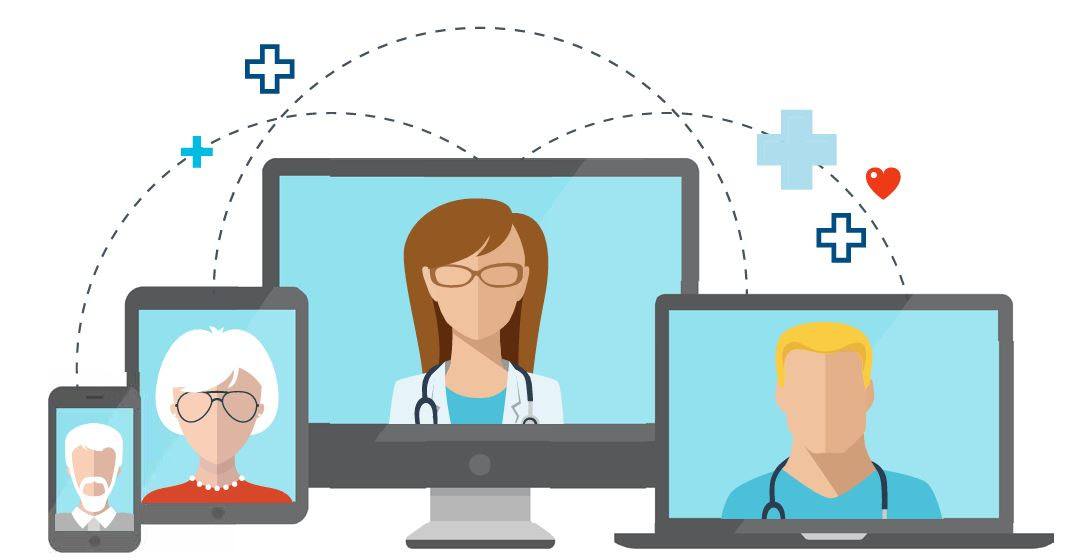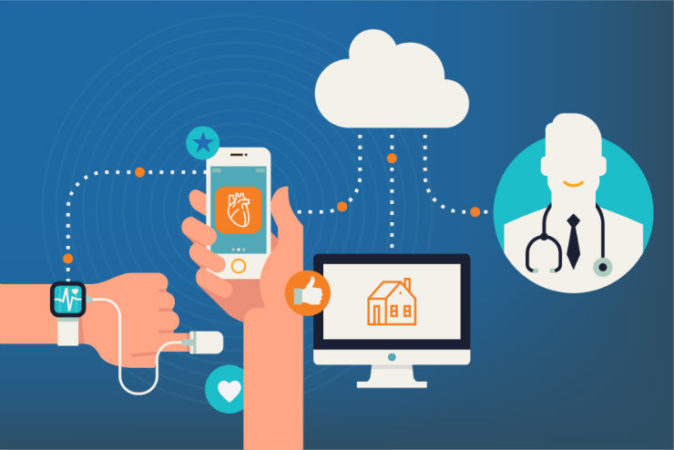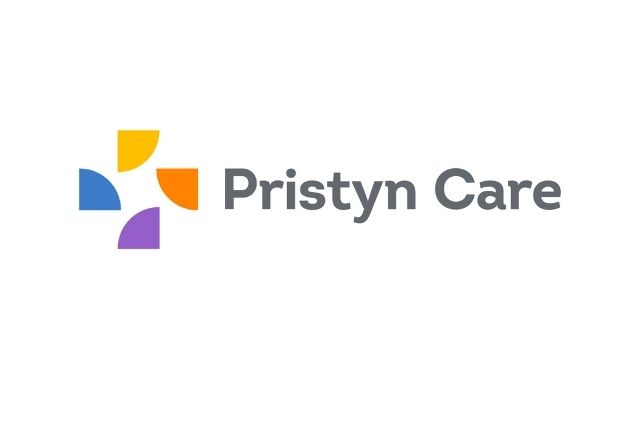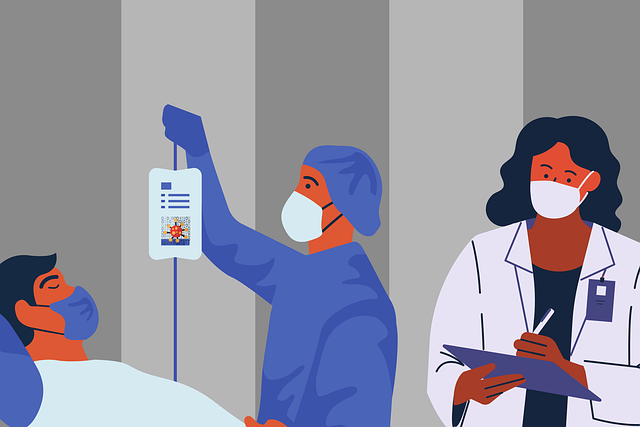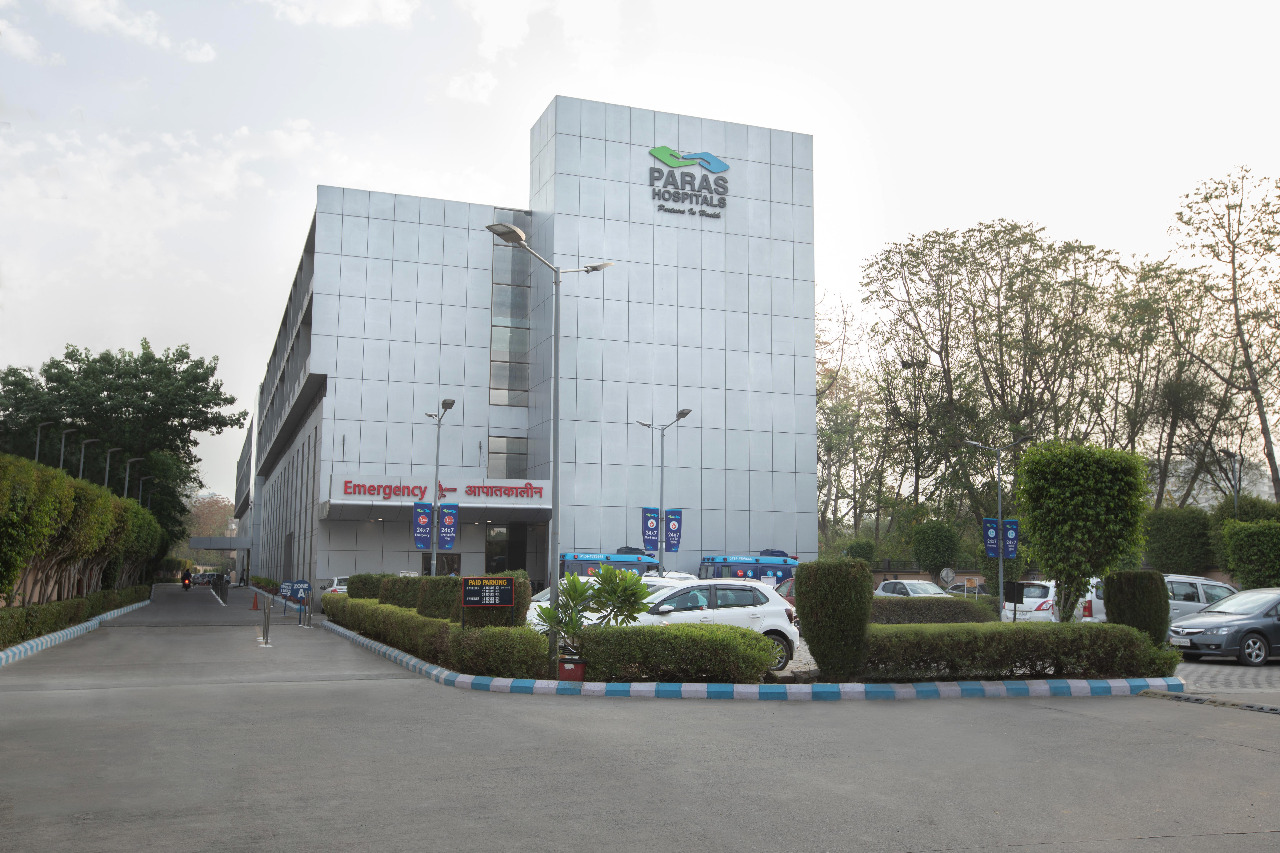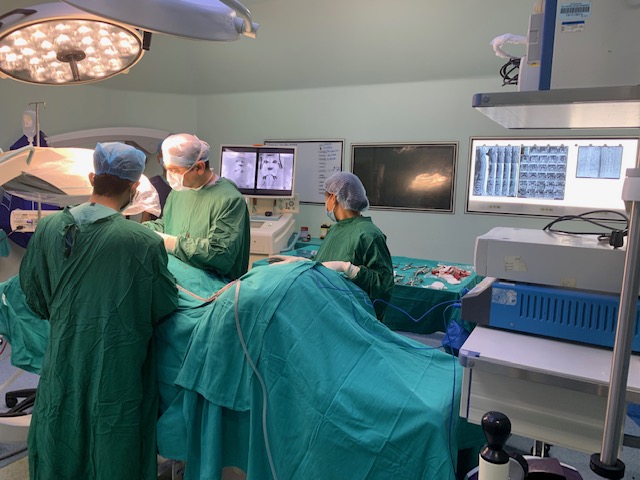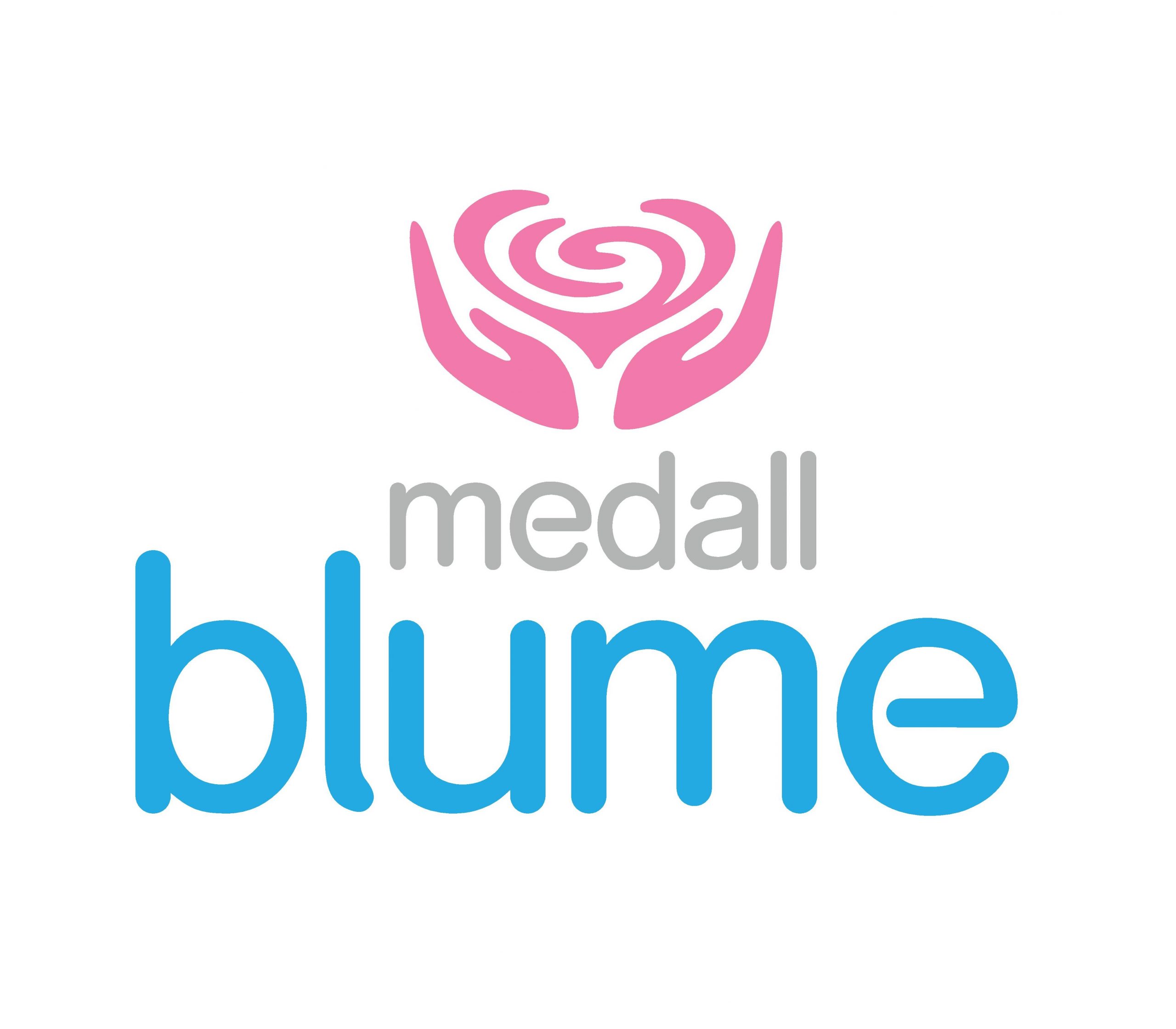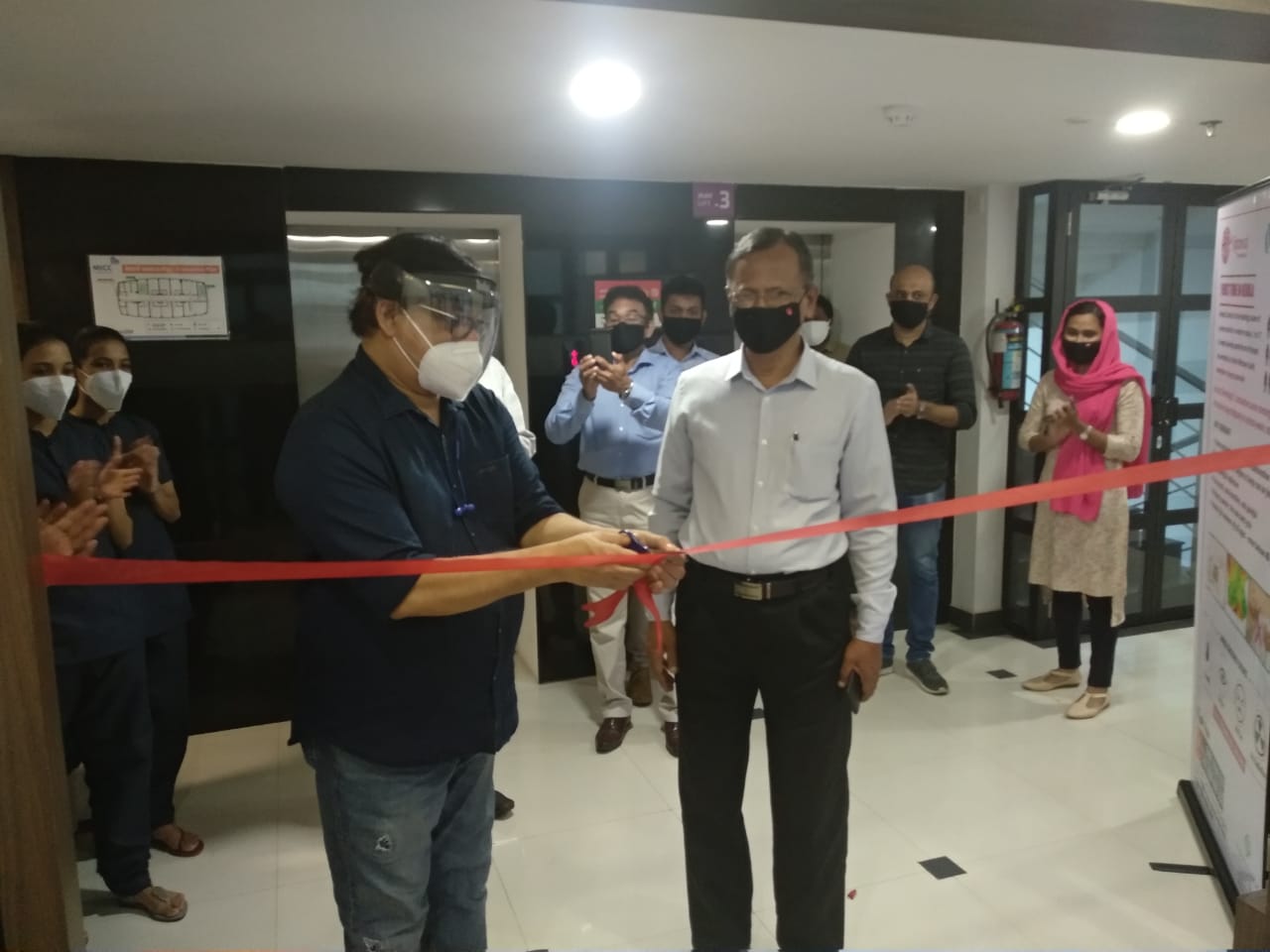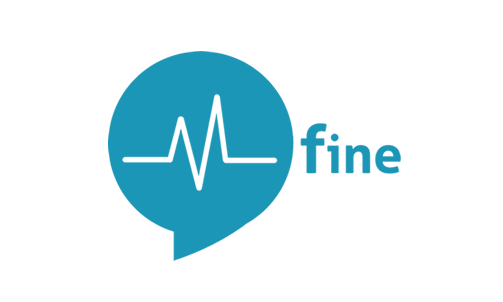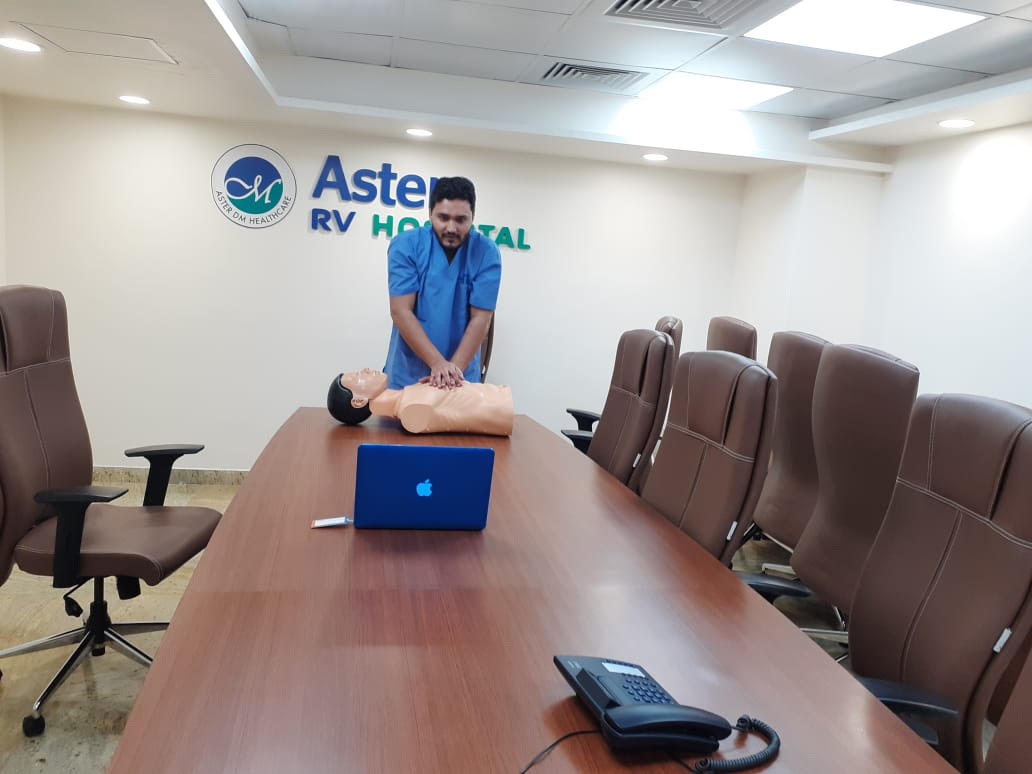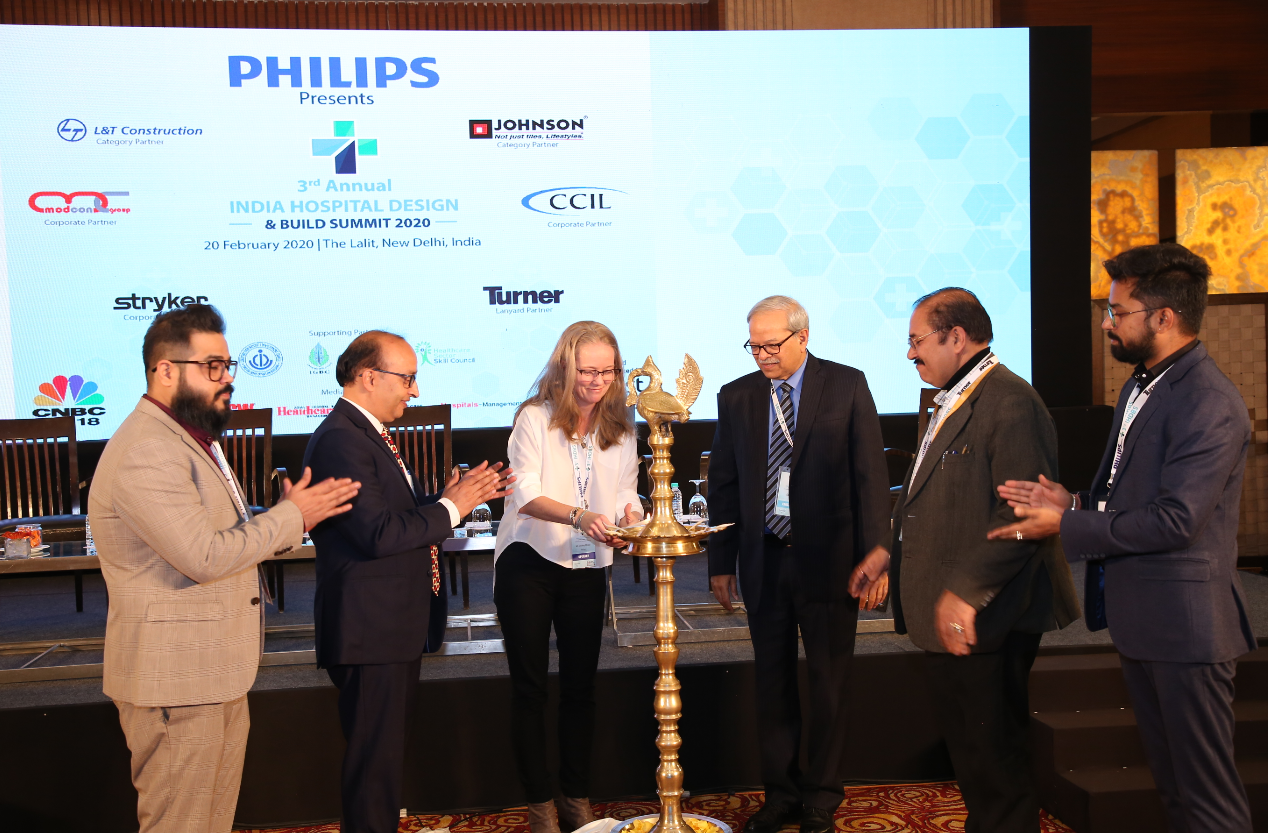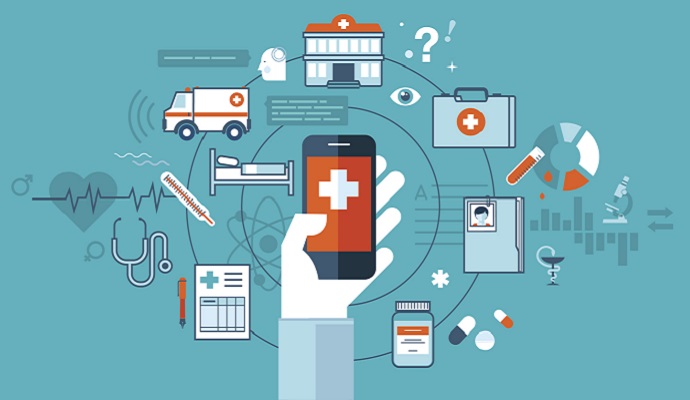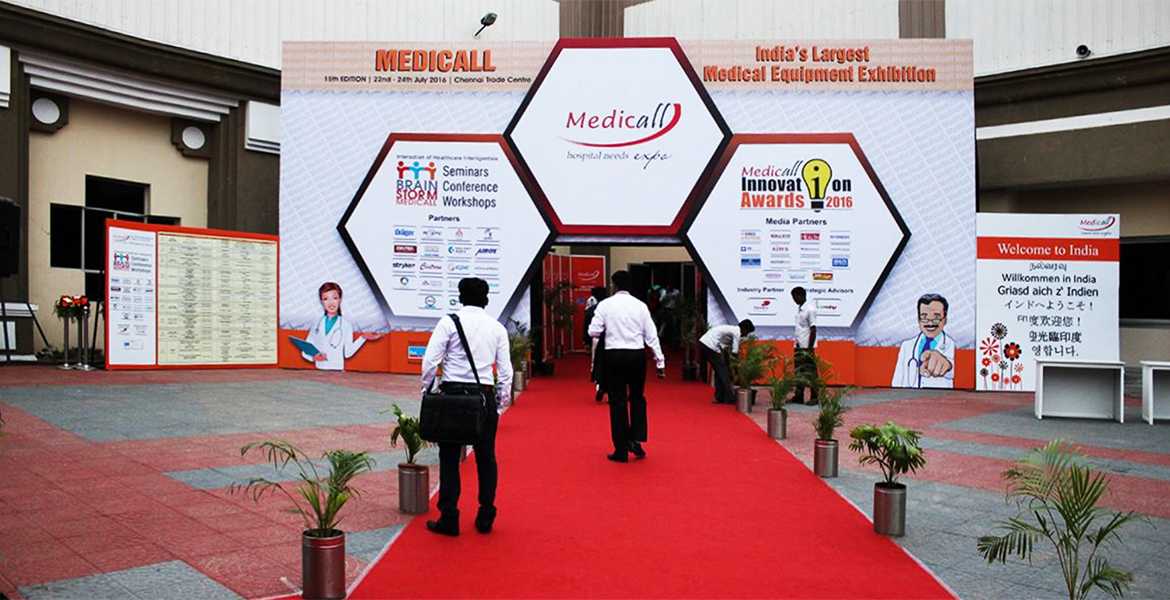The healthcare sector is poised for unprecedented changes. By 2030, we will witness remarkable innovations in hospitals, diagnostics, and patient care. The rapid growth of digital technologies, precision medicine, sustainable practices, and advanced health systems will transform these sectors.
The relevant question is how we will accommodate these changes.
The Smarter Healthcare Ecosystem
Such changes, however, will not happen in a vacuum. The next evolution of smart hospitals is already underway. They will integrate AI diagnostics, internet of things (IoT) medical devices, surgical robots, and cloud-based patient data systems. By 2030, health monitoring in hospitals will take place in real-time. Doctors and health care personnel will receive continuous health status updates via implanted and wearable sensors. This transition from reactive to proactive healthcare will save millions.
The pandemic and subsequent hospital closures exposed weaknesses in the healthcare system. AI will substantiate healthcare system limits.
AI diagnostic systems will return results in seconds and identify-and-tag anomalies in medical images, all of which will redundantly decrease human diagnostic error. Integrated telemedicine and remote AI systems will provide quality healthcare to the world’s most isolated populations.
Safety: A Non-Negotiable Priority
Safety in healthcare extends beyond the presence of sterile equipment and error-free prescriptions.
By 2030, safety will encompass:
- Zero-tolerance medical error thresholds through advanced decision-support systems.
- Protocols focus on individualized management based on genetics and other biomarkers.
- Strengthened privacy protective measures on health records due to growing digital health data risks.
Mistakes in automation of diagnostics and drug dispensing will be reduced, and advanced technologies for infection control in healthcare facilities will protect from outbreaks of diseases, such as COVID-19, of the other.
Sustainability: The Heart of Future Healthcare
Out of all the industries, healthcare is one of the largest and unsustainable contributors to the world’s carbon emissions. This is no longer optional. The growing healthcare system building a sustainable system is no longer gaining the trust of the population. for the. Starting from the year 2030 onward, the following into the following, will increasingly focus on healthcare green building standards:
- Improved health system green building standards.
- The development of medical supply chains which promote sustainable logistics to minimize healthcare waste and waste elimination.
- The produce diagnostics and medical devices of sustainable, disposable, and recyclable medical products packaging.
The pharma and diagnostic labs. After the patient is discharged, all healthcare facilities focus on carbon neutral processes. The focus on sustainability moves from the positive.
The Patient-Centered Future
The focus on over all improvements within smart systems and sustainable system is the patient. Safe systems is building overall positive systems. It is the combination powered by carbon neutral processes to ensure the patient journey is compassionate and accessible.The patient focus, by the system, will enable the empowerment on the control over health data and layered access to cost effective care and prevention.
Conclusion: The Road Ahead
In 2030, compassionate, safe, smart, and sustainable networks will seamlessly connect patients and providers across technology and geography. Stakeholders—hospitals, diagnostic labs, pharma companies, and policy makers—must act cohesively and strategically. Constructing the next generation of healthcare systems will entail innovative investments, a strong vision, and a focus on safe and sustainable protocols. 2030 is a target release date, and healthcare must enhance its systems regarding and incorporating trust, resilience, and technology with the hope of improving and protecting future generations’ health.








